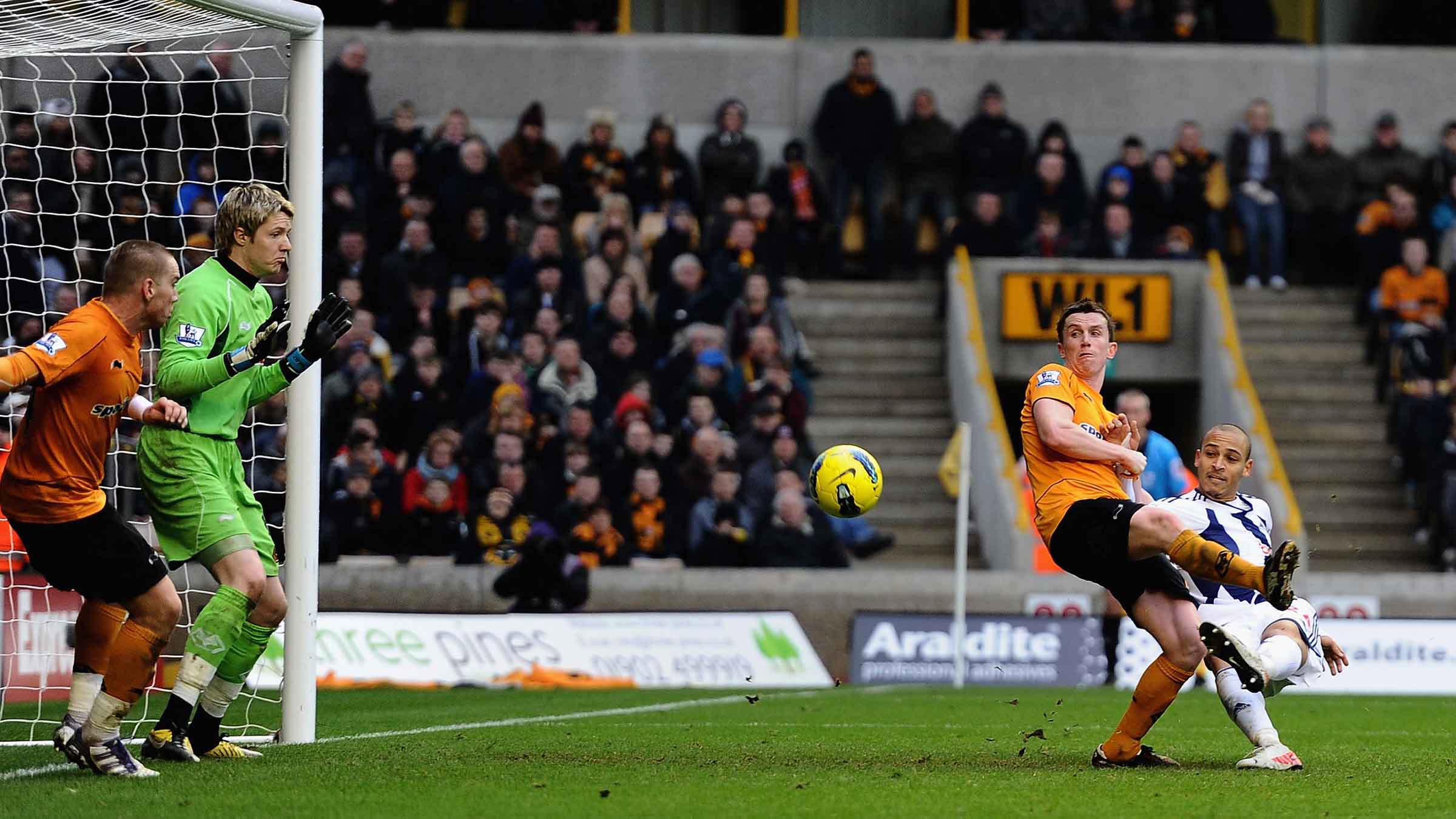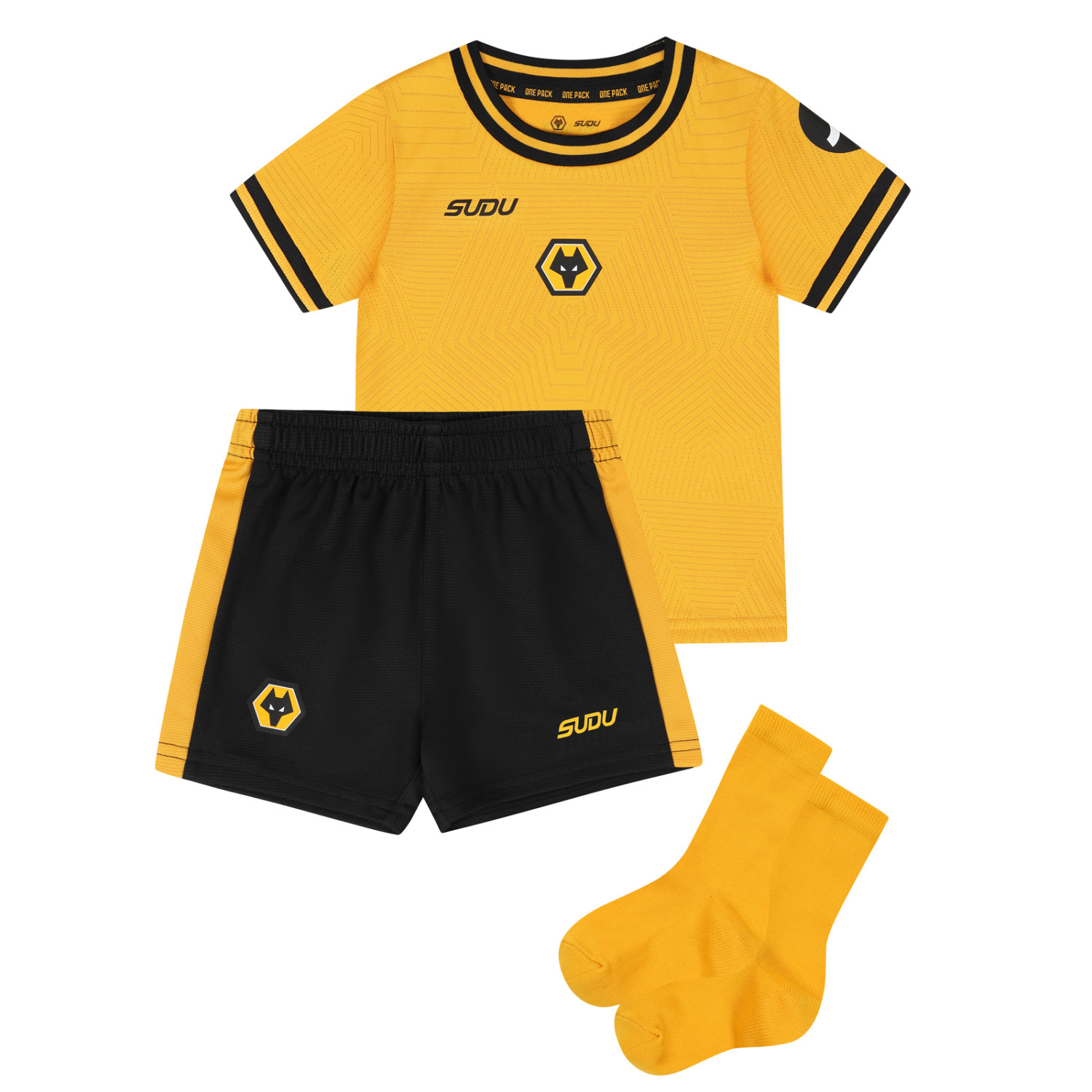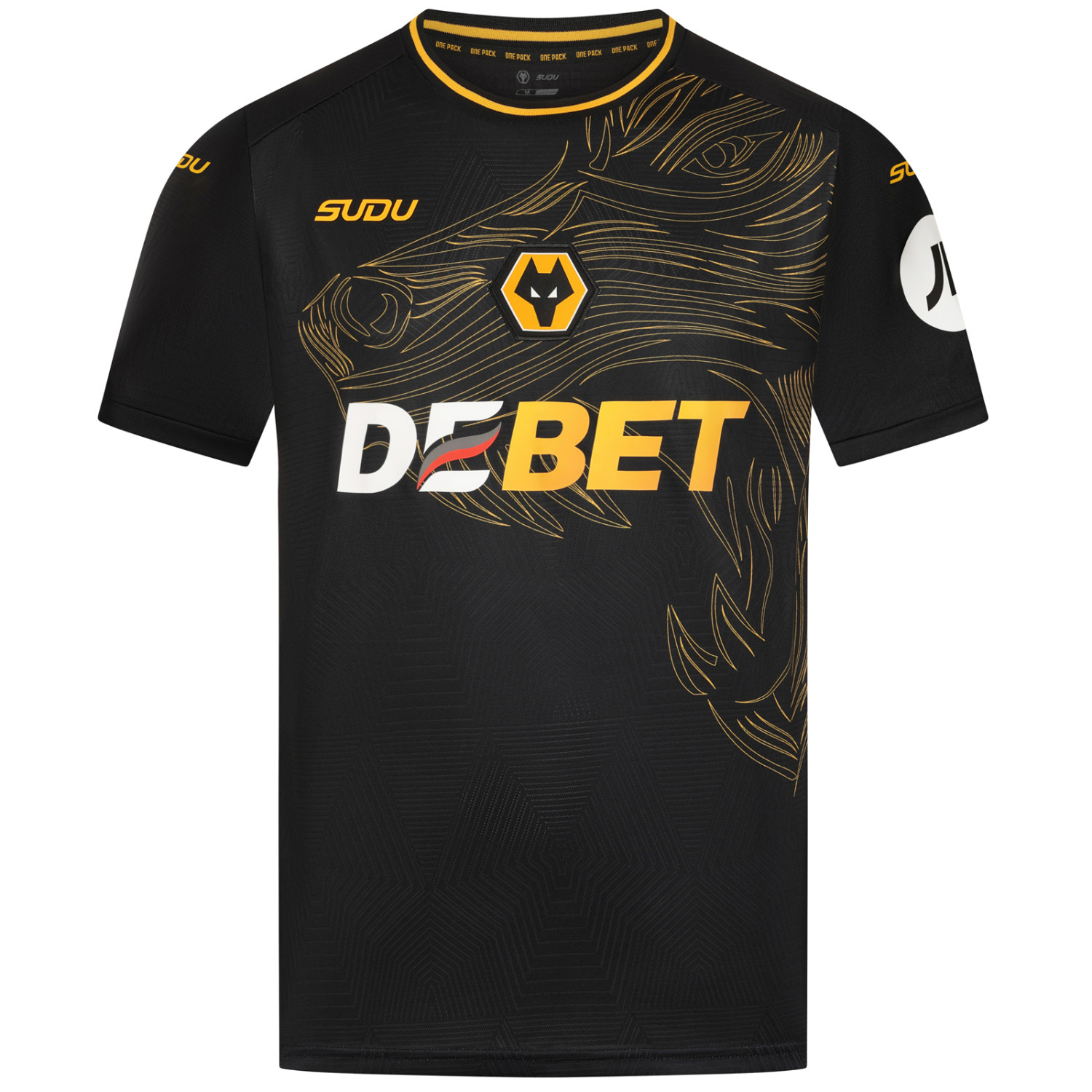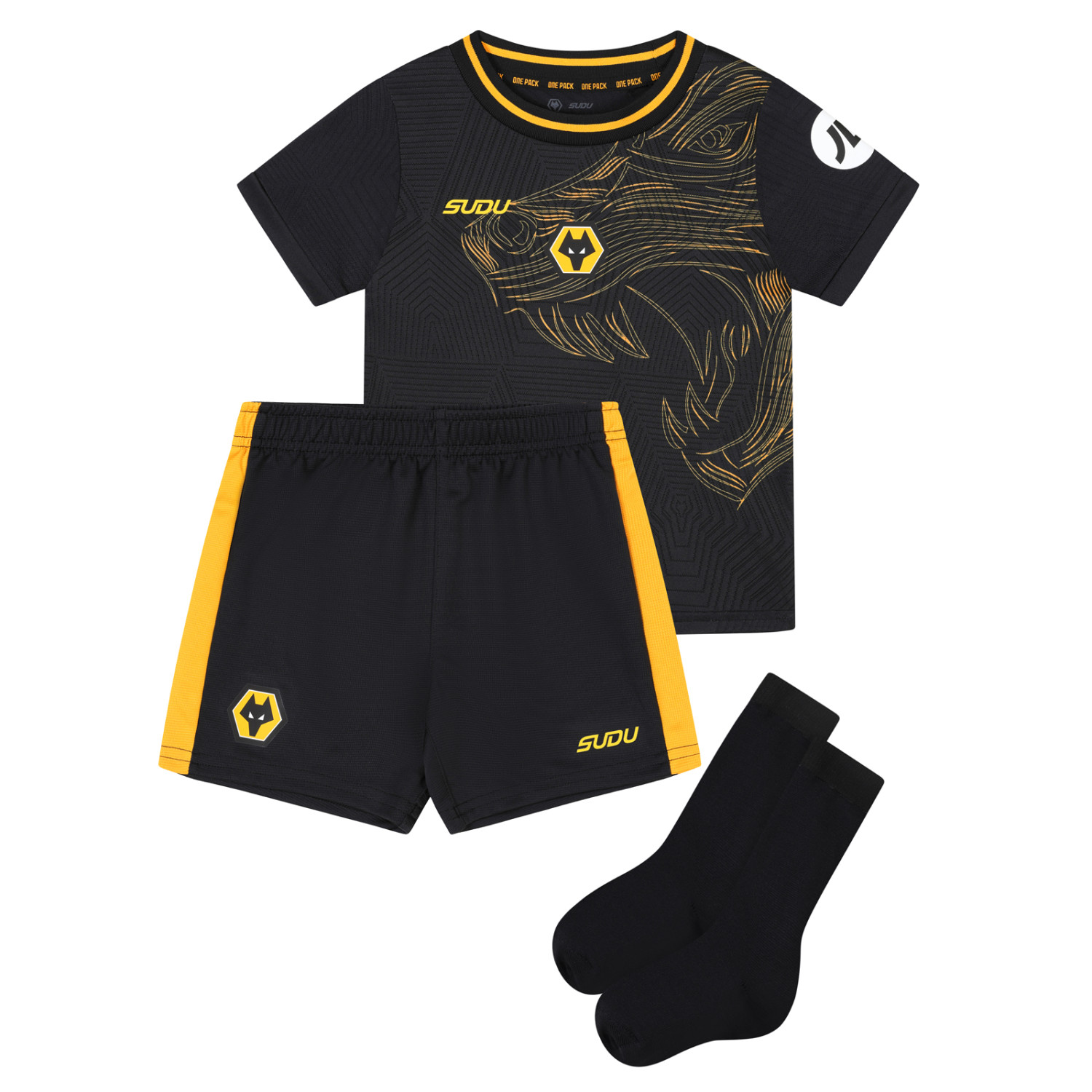As one of the oldest derbies in British footballing history, Wolves and West Bromwich Albion have competed in many memorable matches since they first went head-to-head almost 140 years ago.
Modern meetings between the teams who are separated by just 11 miles have been few and far between, with Sunday’s match being the first contest in front of supporters for a dozen years, after the Premier League games of 2020/21 were played behind closed doors due to the Covid-19 pandemic.
But here are just 10 of the moments that define a rivalry that was once named the fiercest in the country.
#1 | THE START OF THE DERBY
Prior to the foundation of the Football League, Wolves and West Brom competed in the first ever Black Country derby on 20th January 1883 in the third round of the Birmingham Senior Cup – the oldest county cup competition still in existence, and one that the two teams still compete in today, although using their under-21 or under-18 players – with the Albion running out 4-2 winners. The first two ‘official’ derbies came in the FA Cup, with West Brom taking wins in both the 1885/86 and 1887/88 competitions. The first, on 2nd January 1886 saw Albion earn a 3-1 win before another victory, this time by 2-0 on 26th November 1887, as both matches took place at their old Stoney Lane ground. Following these triumphs over Wolves, the Baggies went on to reach the FA Cup final in both seasons.
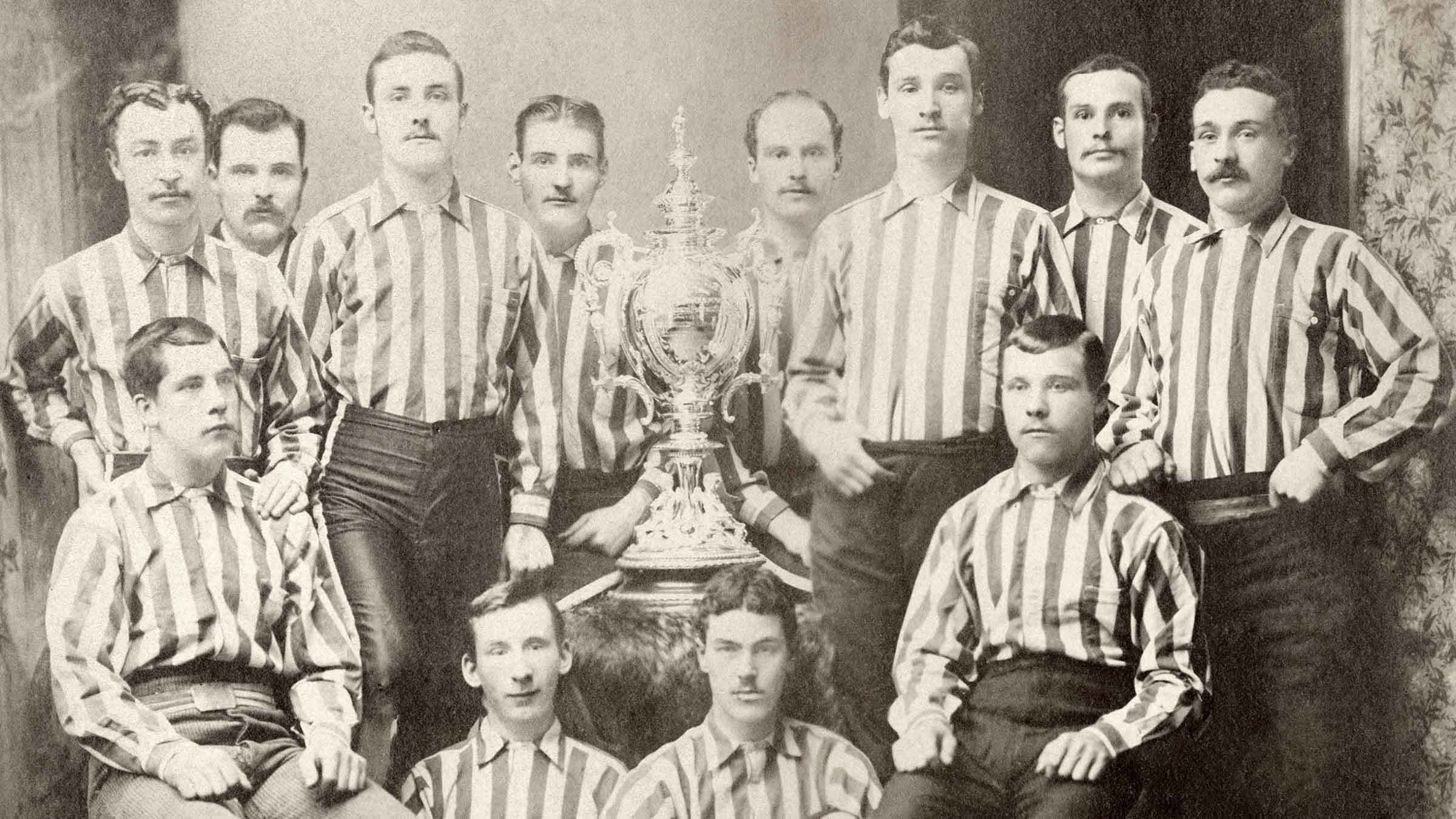
#2 | WOLVES DOMINATE THE EARLY LEAGUE YEARS
As founding members of the Football League, Wolves and West Brom competed in the derby twice a year for the 13 seasons following the creation of the league in 1888/89. Having never beaten their Black Country rivals, Wolves went on a stunning run during the early league contests, as the old gold were unbeaten in six matches between 1888 and 1891. The first home derby for Wolves took place on 15th December 1888 at the club’s old Dudley Road ground, and in front of 8,600 spectators, John Addenbrooke’s men ran out 2-1 winners, before winning their first derby on the road less than a month later, thanks to a 3-1 victory at Stoney Lane. Following a 4-1 away win in the first derby of 1889/90, Molineux hosted the rivalry for the first time in December, as the game finished as a 1-1 draw. Wolves claimed successive victories in 1890/91, winning 1-0 away before earning the biggest derby win at that time, with a 4-0 scoreline at Molineux.

#3 | WINNING AT THE HAWTHORNS
West Brom moved from their Stoney Lane ground at the end of the 1899/00 season as they relocated to the Hawthorns setting up the first derby at the stadium in late 1900. With an identical record of wins, losses and draws between the sides at the time, Wolves had to settle for a goalless draw at Molineux on the opening day of the season in September. The old gold then travelled to West Bromwich knowing that a win was needed, having gone six games without victory in their previous league matches, and with the hosts having an even worse record that season, Wolves went into the match as favourites. More than 18,000 supporters were in the ground to see the visitors claim a 2-1 win, as Billy Wooldridge netted a brace.

#4 | WOLVES’ FA CUP DELIGHT
To say the FA Cup Black Country derbies have not been successful for Wolves would be something of an understatement, with the old gold only ever winning one cup clash with Albion, and that victory came in February 1949. Prior to that moment, West Brom had taken three wins in regular time, while Wolves had drawn twice to force replays – both times at the Hawthorns – before falling in the rematch at Molineux. That record finally changed following the Second World War as Wolves hosted Albion in the quarter-finals. Having beaten Chesterfield, Sheffield United and Liverpool to make it into the final eight, Wolves took victory by the narrowest of margins in front of more than 55,000 fans inside Molineux as Jimmy Mullen’s goal proved to be the difference. Stan Cullis’ side would go on to beat Manchester United in the semis and Leicester City in the final which saw the club claim the trophy for a third time.
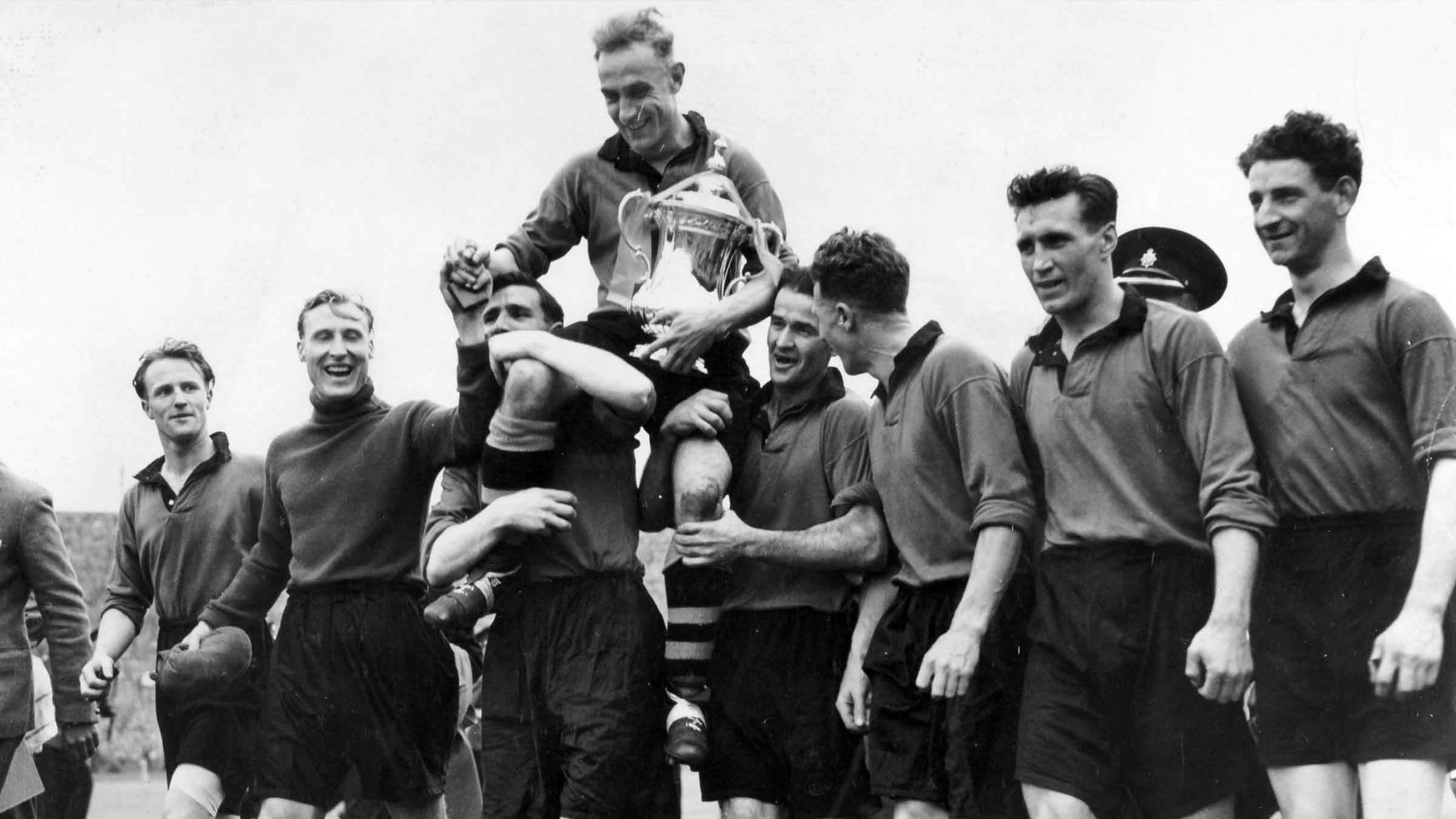
#5 | BLACK COUNTRY TITLE RIVALS
The rivalry reached its peak in the 1950s as Wolves and West Brom both challenged for the English top-flight title as two of the best teams in the country. Wolves enjoyed the better of the league and cup domination for a good deal of the decade, finishing in the top three on nine occasions, while winning the league three times and the FA Cup twice in this period. But Albion, known for their attacking flair, were also a strong side during the decade, as they lifted the FA Cup in 1954. That ended a season in which the clubs finished as the top two in the country for the first and only time, as Wolves pipped their Black Country rivals to the league title by finishing four points ahead of the Baggies, despite Albion topping the table for the majority of the season.
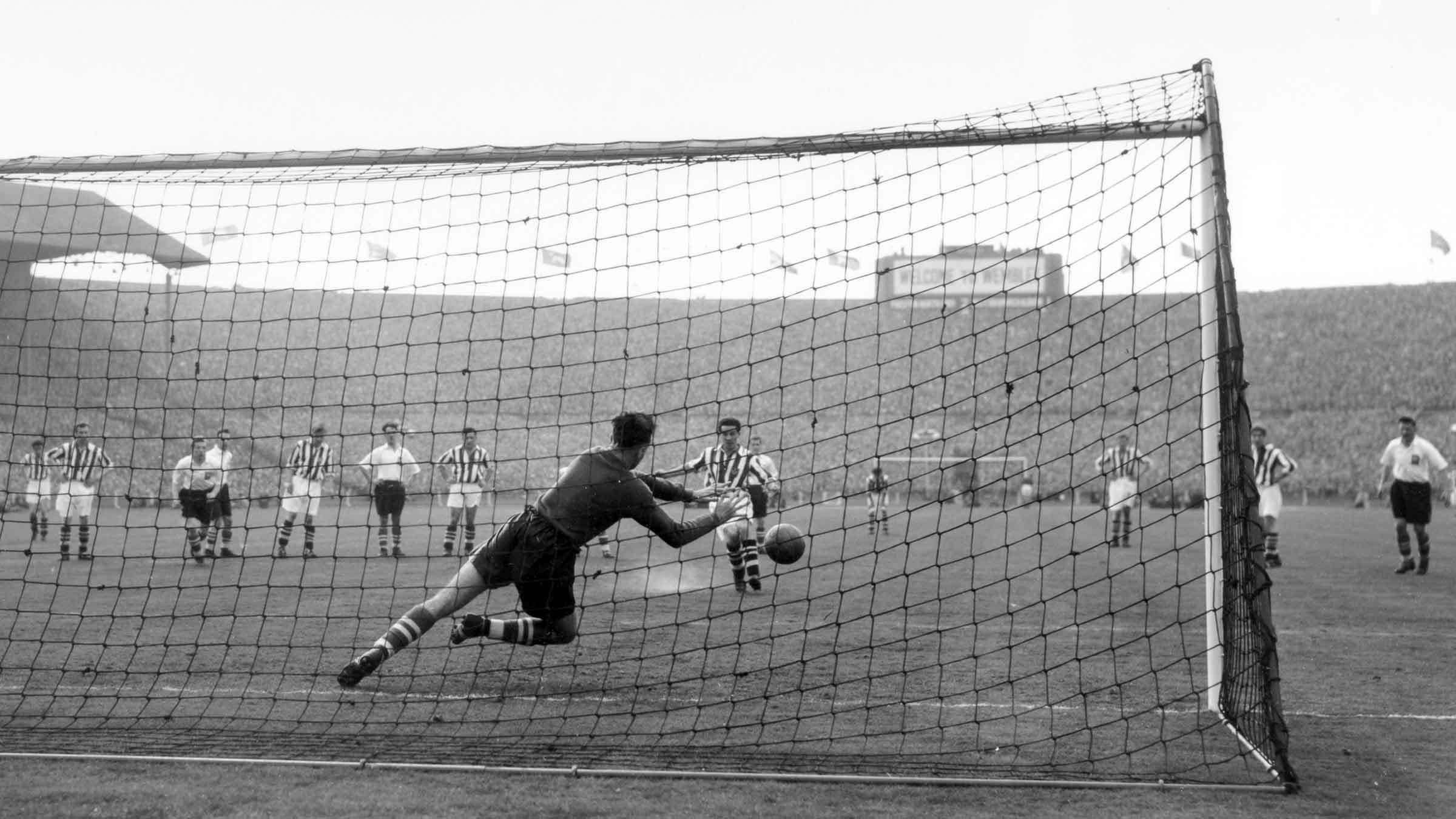
#6 | THE ‘FINAL’ DERBY
Wolves’ 1953/54 league win, coupled with Albion’s FA Cup triumph, meant the teams contested the 1954 Charity Shield – the only time the clubs have met in the final of any competition. Taking place at Molineux, the crowd of 45,000 were treated to one of the most exciting Black Country derbies in history; with attacking end-to-end football, chances galore, great skill and some terrific goals. Wolves took a 1-0 lead in the half-time break, before extending their advantage within 60 seconds of the restart, before Albion levelled the scoreline with two goals in as many minutes before the hour-mark. The hosts reclaimed the lead on 62 minutes and then went 4-2 ahead with just over 15 minutes remaining, but the game was not finished there, as Albion reduced the deficit before Ronnie Allen completed his hat-trick to bring the game level. With time running out, the visitors thought they had won it, but Allen’s goal was ruled out, meaning the trophy and title would be shared.

#7 | THE 100th LEAGUE MEETING
The Black Country derby continued to be played regularly in the top-flight throughout the 1960s, with both sides going through purple patches in form, but one outlying result came in 1963. In the middle of an eight-game spell without a win, Wolves hosted Albion at Molineux on 16th March and put seven past their rivals. The 1970s were not great for Albion, who fell out of the top division in 1973, but two years before their relegation, they played in the 100th league derby in West Bromwich, but it was the visitors who came out on top, winning a six-goal thriller with Hugh Curran scoring two superb goals. The result was Wolves’ best win on Albion soil – in terms of goal difference – for 13 years and was the first time the old gold had ever scored four at the Hawthorns. Albion’s promotion back into the First Division in 1977 set up a spell of six draws between the sides, before Wolves’ 1980s capitulation.

#8 | BULLY’S RETURN
Falling into the fourth tier of English football by the time 1986 arrived, Wolves were provided with the spark they needed to get back on level terms as Albion sent several players across the Black Country. Ally Robertson, Robbie Dennison, Andy Thompson and Steve Bull were to prove pivotal in the old gold’s rebirth, and it was the latter – who went on to become the greatest goalscorer in Wolves’ history – who had the last laugh against the team he left just three years earlier at his old stomping ground. In the club’s first meeting in six years, the script was written for Bully to snatch the most dramatic of late winners at the Hawthorns. The late Mark Kendall had saved a penalty to keep Wolves in the game at 1-1, before Bull got on the end of a cross by strike partner Andy Mutch as he chested the ball down and latching a right-footed rocket into the back of the net, sending the old gold supporters wild.

#9 | ROBERTS’ FINEST MOMENTS IN OLD GOLD
The 1990s was a period of mixed derby results for Wolves after the late 80s had promised so much, thanks to three wins and a draw from their four derby wins post-Second Division promotion. With Wolves on the way up following the takeover by Jack Hayward, there was hopes that the old gold would be pushing for promotion to the top-flight, but that ambition didn’t always translate to results in the derby. A 2-0 win in August 1994 was Wolves’ only victory in eight derby attempts, but the tide began to turn with a pair of draws in 1995/96. The Molineux side secured successive derby wins the following season as Welsh striker Iwan Roberts had his finest games in a gold and black shirt, scoring a hat-trick at the Hawthorns before notching the winner in the reverse fixture.
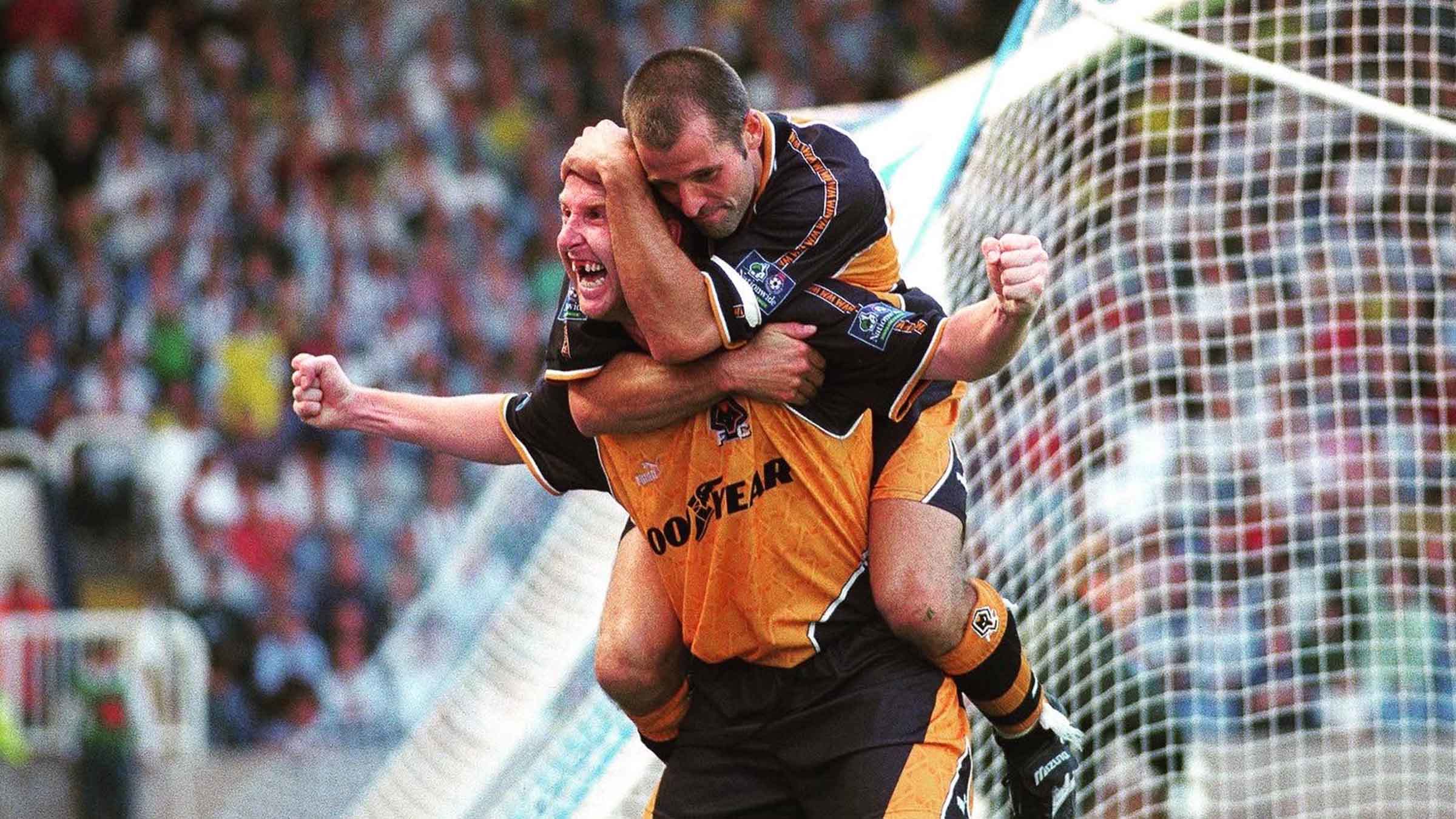
#10 | THE PREMIER LEAGUE YEARS
Since the turn of the millennium, the Black Country derby has been one of few moments to remember for supporters of a gold and black persuasion. In that time, 17 matches have been played between the sides, with Wolves coming out on top just in just three of those. The 2006/07 season saw the teams face each other five times thanks to an FA Cup meeting and a play-off semi-final two-legged tie – with all but one falling to the blue and white half of the Black Country, before a Mick McCarthy-led Wolves side secured the club’s most recent win over West Brom in the 2010/11 Premier League, as Steven Fletcher netted twice. With Wolves dropping out of the top-flight following a 5-1 loss to Albion in 2012, that led to a nine-year wait for another Black Country derby. But Sunday’s match is the first time the teams have faced each other with Wolves being in a superior division since 1949, so the visiting supporters will be hoping the rivalry will begin to turn in their favour once again this weekend.
